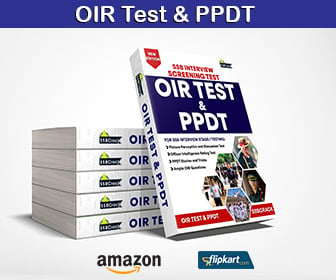It was totally a new experience for me to attend the ssb. I had appeared for the decv2012 cds exam and qualified it but since my age was not as per required by the upsc so I decided to escape that and thus focused for the next. I had done no preparation for the CDS written exam. Infact a day before the exam, I was busy participating in the Model United Nation i.e MUN. I did well in the g.k and English because I was preparing for upsc civil services. In mathematics I missed some questions because of poor time management. However somehow I managed to clear the cutoff and got a call for ssb at Allahabad. I would like to advice the aspirant to read lucent’s gk , lucent’s general science & lakshmikant’s polity for g.k part. Any student with average English can do well in the English paper. For maths read r.s agrawal’s mathematics.
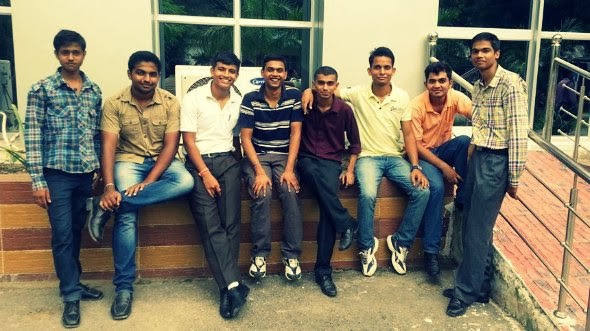
My ssb reporting date was 3rd oct, 2013. I decided to report on the regular batch because I believe that punctuality is one of the important quality of an officer. Absentee batch is an option to be opted only in rarest of the rear case. This time the cds-2 was scheduled on 8th of oct. though there was a risk, but you need to be confident enough to make sure that you give your best short in one attempt rather than thinking about doing well in the next.
On the first day of screening, before going to the auditorium we were asked to, I ensured that I was wearing neat and clean formal dress, shoes, socks, shaved cheeks and enough food and water. I also ensured that I should speak the least since the time I woke up and before entering the audi for screening round. This made me relaxed and helped my mind to come to a relaxed comfortable condition.
Before coming for the ssb, for the last 10days I had spent 2hrs daily to watch videos and sample questions on ssb. This helped me to become familiar about the exam to some extent. However I believe that one who participate co-curricular activities, read good books, do creative writings and observe things closely can even scape doing any sort of preparation. In the screening round, during the ppt, what I did was:
- recognizing the number of character
- recognizing the sex of the characters
- recognizing the mode of the character
- background of the scene.
If the aspirant look for these things in the ppt he can save time and can instantly build a positive story on that. What I suggest to the aspirents is that they should take care of the following things while writing the story:
- use your friend’s name for the character’s name. this makes it easy for you to remember the story.
- Make sure that you add something in your story which is related to your present/past for eg I added the the character were students of social work as I am pursuing m.a in social work from Delhi school of social work.
- Try to ensure that the story is positive.
- Make sure that you should write in the simplest language.
- At the end of story you may write like “raman came out with flying colors. he was satisfied with his efforts” e.tc these forms the conclusion of the story.
- Write very short story. A long story might create problem for you.
In the recitation part I started like “ good morning gentleman the picture shown to us has x no of characters, A male24 negative in mood B male23 positive in mood C female 20 neutral in mood. My story revolves around B…..” I finished my story in the given time.
In the discussion part, I first tried to hear two of the members and then I spoke. I avoided speaking to much infact I just spoke thrice. But yes I ensured my involvement by saying “yes! I agree to chest no x” “yes chest no y, you are right” etc
I would like to advice the aspirants that when you they will appear for the screening round, they might come across people who will use new words, will pretend as if they know everything, will try to suppress your words in the discussion round. Please! please! don’t pay notice to them. Ignore them as much as you can! Also don’t worry if your ideas or suggestions are not taken in the discussion. The gto observe everything. For them what matters is efforts and not the results. Speak less but speak meaningful.
Screening round is very important as it is where your career is decided, either you stay for the next 5 days or else you are shown the doors! Be calm and relaxed. Keep praying to your almighty and do not get involved in unnecessary gossips at this level.
After I got screened in, my first focus was to immediately rush and check my sample PIQ form. Before coming for the ssb, I downloaded the sample PIQ form and practiced on it. If you do this, you can avoid unnecessary cuts/marks on the original PIQ form. Before coming for the ssb I ensured that I should have atleast a basic knowledge about what I will write in my PIQ form. I tell I never participated in any sports competition in my college or school days. But a sport shows group dynamism which is very important for an army officer, so anyhow I had to mention it in the sports column of the piq form. So what I did is to start playing badminton in my hostel mates some 30 days before the ssb. I also goggled about the laws/rules of the badminton. Apart from that I also goggled about “cross country championship”. This is the only outdoor sports which has hardly any rule/laws. So I added badminton and cross country as my sports in my PIQ.
Thus what I want to convey is that you can lie in piq but make sure you lie cleverly. The interviewer is smart enough to detect any foul play. Lie the least!
I had participated In lots of debate & quiz competitions, n.c.c, n.s.s, photography, dramatics in my school and college life. I even have two science patents in my name. but I mentioned only a few in my piq. The reason why I did this, is because I wanted to avoid any special attention by the interviewer. So i only added debate, N.S.S & patents in my piq form.
In the wat round, I attempted all the questions. I want to tell the aspirants that in many books you will read that one should not write sentences starting with “I….” “WE” in the WAT but frankly about 60-70% of my sentences in WAT had a start with “I”. so don’t believe in all those advices. Write what comes to your mind. You wont get enough time to think, so just write and write.
I attempted only 36 questions in the situation reaction test. But I ensured that I write complete solution for the situation instead of just finishing it in one line/sentence.
I did extremely well in TAT. A believe that TAT is deciding test for a candidate. I had already developed a strategy for tat which I am sharing it to you all. Before coming for that ssb, I had decided that if I had been asked about some good qualities of mine, I would say that I am very sincere, helpful & cooperative, hardworking and polite. I avoided leadership because it raises the eybrow of the interviewer and thus more counter questions.
Now in TAT what I did is to make sure that in each story I should show the hero of the story being hardworking/polite/sincere/helful& cooperative. In TAT you get enough time to write a story adding all these qualities through creating favorable situations. I advice the aspirants that they should always write a story revolving around their life for ex. Most of my story were revolving around college life, student, youths, romance e.tc
I had not prepared for my self description test. I just wrote all that comes to my mind at that time. But I ensured that I should not miss all those qualities( helpful friendly polite hardworking etc). I want to tell the aspirants that they must remember that in all the tests the psychologist checks whether you counter to those things that you shows in the previous test i.e if you shows that you are courageous in TAT then make sure that you should show the same quality in your self description test. This will maximize your chance of selection.
In gto my focus was on snake test & command test. Strange na? yes I know but I tell you these two are the deciding tests in gto. In the progressive group tast, you will always find some of the team member who will not listen to your advices or who will not let you do anything. Same happened to me as well. What I did to counter this was to ensure that I should become a part of the supportive group. I started encouraging my fellow team members to go first. I started saying “ yes chest no x that’s a workable approach go with it” “ chest no z you go first I will support you “ I started holding the plank and bhalli. I even helped the members to tighten the rope. I knew that I was unable to convey my idea to them as they were not listening so this was the only approach to get more points. However if you get an opportunity then try to give a workable solution for the tesk as it puts good impression. Also never look at the gto. Just do your task sincerely.
In the snake race I shouted the war cry loudly enough to be heard by gto. I helped my team members to climb the wall and always climbed the wall only after every team members had climbed. I was shouting” yes chest no s you can do it”
As you can observe I was ensuring that I show my friendly and helful character here in these task. My suggestion to aspirants is that they should follow similar tactics.
My command task was tough. Before going for the command task, I ensured that atleast two candidates should call me as a subordinate in their command task. The reason why I did this was that this would put a good impression about me and that I am very friendly, helful and trustworthy. You can do this by talking to your team members and it all depends upon how you convince them to call you!
My interview was taken by the dy. President of the board. I was for some 1hr 20 min. during my interview a lots of questions were asked but most of them where revolving around my personal life. As I was expecting they asked about the good and bad qualities of mine. In the bad qualities never say that you are very emotional or that you get angry etc. for eg I said that I have a very poor handwriting. The reason why I did this was that writing is something which can be improved and which is actually not that bad quality instead. So what I am saying is that make sure that even your bad qualities is a good quality. The examiner asked about my dad who is a third generation i.a.s officer. For the last 100yrs my family has been serving the country as a civil servent and I am the only one who is joining army so the questions were but obvious. My ans was that I will get job satisfaction only in army.
The interview also asked me about n.c.c and about how I got motivated to join army. Then in the rapid fire round they asked me about my marks in class8,9,10th,11th,12th,grad & fev sub, fev teacher, name of best friend, five positive qualities of best friend e.tc
I advice the aspirants not to get discriminating when the interviewer asks you whom you love the most among your siblings/parents. Just say I love all my siblings and both the father and mother equally. About the best friend make sure that the negative quality should be something which is not that negative to object I mean you can just say “my best friend is careless about technologies. I always ask him to learn computer but he is very carelss for these things. However now a days he has started obeying me and I believe soon he will learn it”
Day Before the conference day, your results are almost ready. I waited for some 25minutes before I was asked to come into the conference room. Those 25 minutes are the time when the gtos and president and dy.President consult among each other wther to recommend you or not. The more your are asked to wait the better the chance! My conference continued for some 20minutes. Normally conference continues for at most 5minute. But 3 out of 4 of us(recommended) had a long conference. In my conference I was asked about my life in DAV public school, about what I mean from WAR, what is the difference between a civil servants and an army officers, what are the probable reason for army personnel committing suicide and the appropriate measures I would suggest to curb it. I answered them one by one. I tried my level best to answer them correctly but I was a bit nervous because then there were some 10-12 people staring at you all the times.
After some 30 minutes results were declared, and I was one of the 4 recommended candidate from 18ssb Allahabad.
Co-curricular activities:
- Two science patents pending.
- Model united nations.
- Debate and quiz
- NCC A, B & C certificates
- SS (2010-13)
- Poetry and story writing
- Columnist at Indian fusion.
- Campus ambassador for three multinational brands and one ngo.
- NTSE scholar and national science Olympiad rank holder.
Earlier achievements in entrances:
- Faculty of law, University of Delhi Entrance Exam 2013- Rank 521
- Delhi School of Social work Entrance Exam 2013
- Tata Institute of Social Science Entrance Exam 2013 Rank Holder
 About Author: Yusuf Hassan:
About Author: Yusuf Hassan: I’m Yusuf, pursuing Masters In Social Work from Delhi School OF Social Work (DSW, D.U) B.A (Hons) philosophy from Hindu College Delhi University.

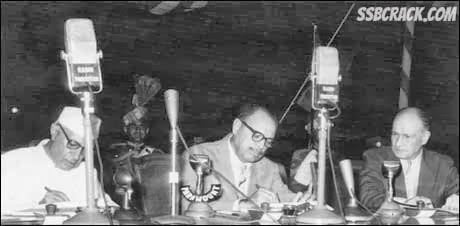
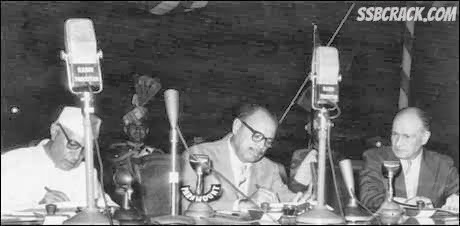
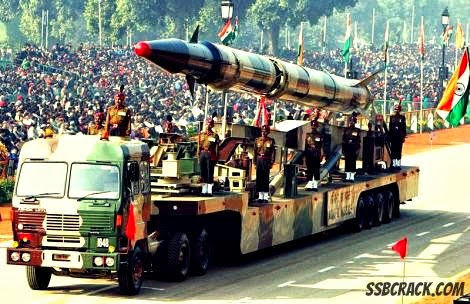
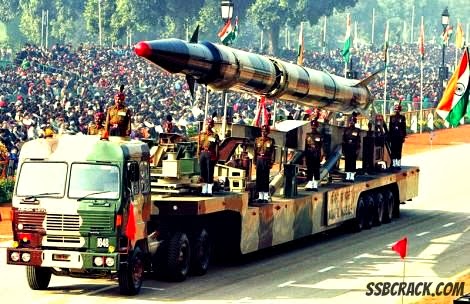.jpg)
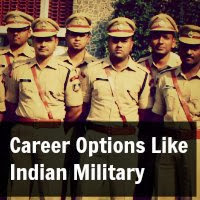
 Gaurav Vaishnav, Editorial Team
Gaurav Vaishnav, Editorial Team
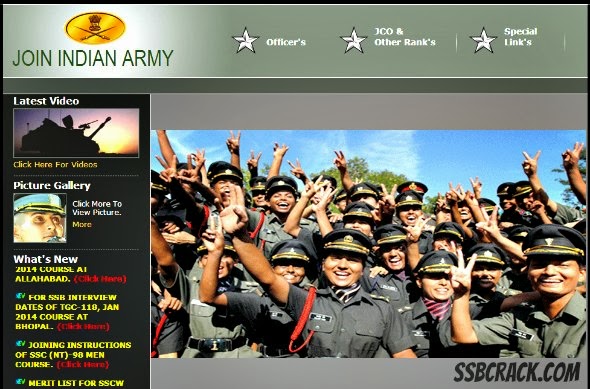
.png) About SSBCrack Editorial Team
About SSBCrack Editorial Team
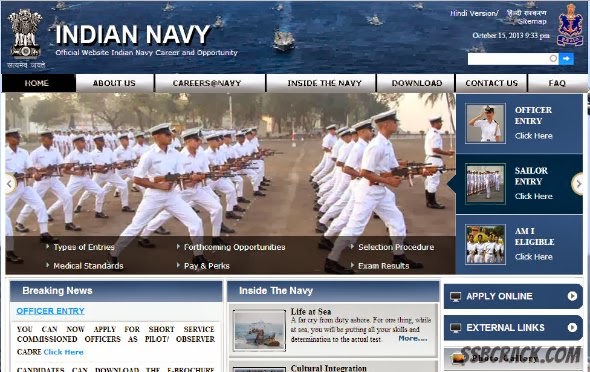


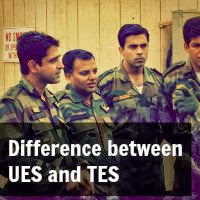
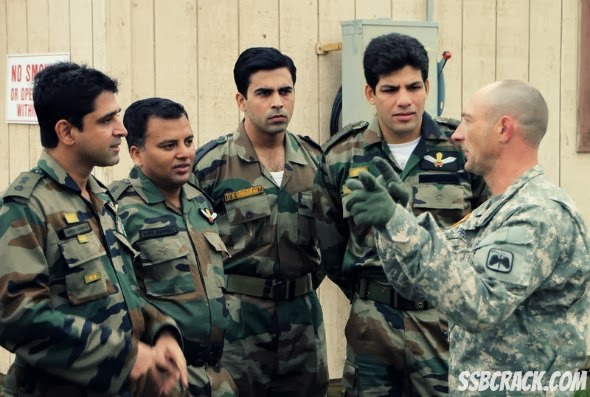
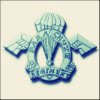 Aneesh Jaganath, Editorial Team
Aneesh Jaganath, Editorial Team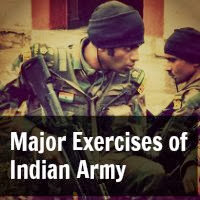
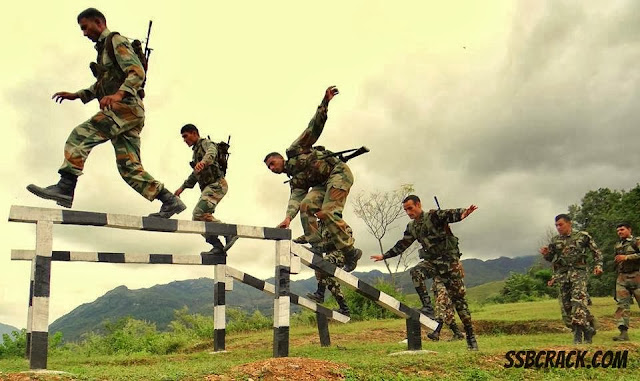

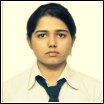 Tashi Mishra, Editorial Team
Tashi Mishra, Editorial Team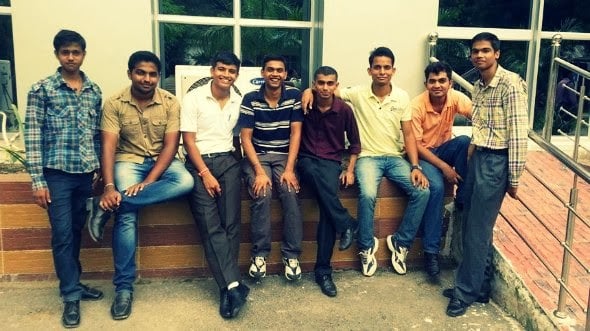

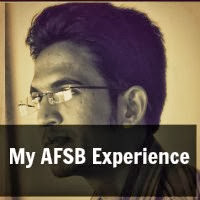

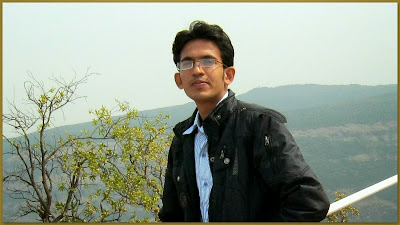
 About Author:
About Author: 